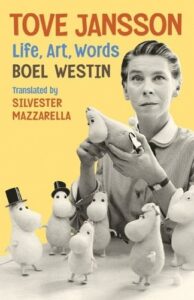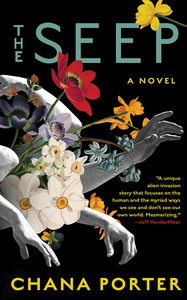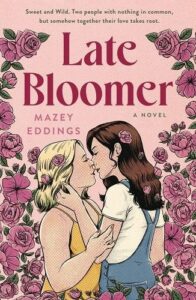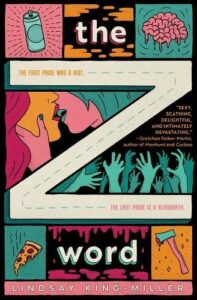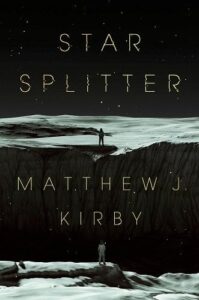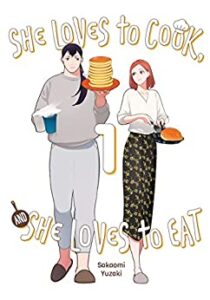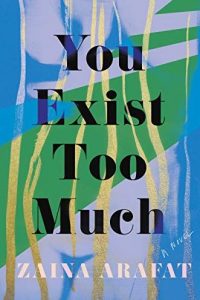Buy this from Bookshop.org to support local bookstores and the Lesbrary!
A queer, iconoclast, anti-fascist, anti-war comic artist, and joyfully adventurous woman, the Tove Jansson brought to life by Boel Westin’s considered pen is a complicated, innovative creative in resolute pursuit of independence—in both her art and romances.
Meticulously researched but rarely dry, this is a book for Moomin fans and art history lovers alike. It provides a deep look into both the personal life and recorded experiences of Tove Jansson, as well as the historical circumstances that gave rise to her singular artistic vision—which was, it turns out, far more oriented towards painting than illustration.*
While the book focuses more on literary-minded analysis of Jansson’s illustrations (including examining the events that inspired them, namely her formative experiences in the wake of the first world war and under the shadow of the second) than the technical aspects (past a chapter dedicated to her years at art school), its cross-sectional look at the cultures of the particular artistic milieus she inhabited during her life helps provide further insight into her inspirations.
There’s a sincere affection for her subject in Westin’s writing, but it never reads as overly fawning or glamorizing. Readers will feel like they’re walking through a gallery, looking through windows at an artist as she grows through painstaking practice and experience.
One of the loveliest things about biographies is that they remind us how we’re not alone.** Sometimes what becomes globally iconic starts off humble, and critically panned. Westin doesn’t shy away from Jansson’s early struggles, and it’s that grounding that makes what could easily become a fairytale-style homily to creative perseverance—she lived and worked in a literal tower for most of her life—into something much more real.
As a kid, I was obsessed with the Moomin books. The soft, rounded shapes were so tactile in my mind’s eye, and the stories had this sense of being about something bigger and just a teensy smidge darker than they immediately let on. Returning to that world decades later, I’ve found myself bookmarking some of the pages to revisit when I need a bit of a pick-me-up regarding my own aspirations. Westin’s elaboration of Jansson’s ambitions and struggles will likely hold meaning for modern creatives, illustrators in particular. The book does not shy from going into frank detail on Jansson’s need for financial independence to pursue her singular vision, and her later efforts to maintain control of how her art was presented, particularly once the popularity of the Moomin books brought an avalanche of possible licensing deals down on her doorstep. The descriptions of her fierce dedication to preserving her integrity as a creator are inspiring. Even as Jansson’s whimsy is celebrated here, so too is her ambition in equal measure.
In summary, this biography shines a light on the human behind the characters, and her love of compassionate, thoughtful, boundary-pushing stories on the page and in her own life. While it clocks in at nearly 500 pages, it’s well worth checking out if you want to read about:
- Biographies of sapphic artists
- Biographies of sapphic comic artists/illustrators
- Biographies that humanize their subjects through detailed study
- The history behind the Moomin books
- The way art is both deeply individual and a reflection of the world the artist inhabits
- Post-war European art outside of the more well-trodden English-French perspective: Next time someone asks me if I’m familiar with Francis Bacon, I’m asking them if they’re familiar with Tove Jansson.
You can now order the book from the University of Minnesota Press!
Footnotes:
*Reading this book gave me new appreciation for the 2020 biopic Tove, which focuses on her life and career just before the first Moomin books really took off. It’s a delightful homage to her passion for painting, too, as well as earlier romantic partnerships that this websites’ readers might not know as well as the one with Tuulikki Pietilä. It’s streaming now on Kanopy, for anyone interested.
**As Jansson’s diary entries reveal, it appears that queer horror-loving women are not a recent phenomenon!

